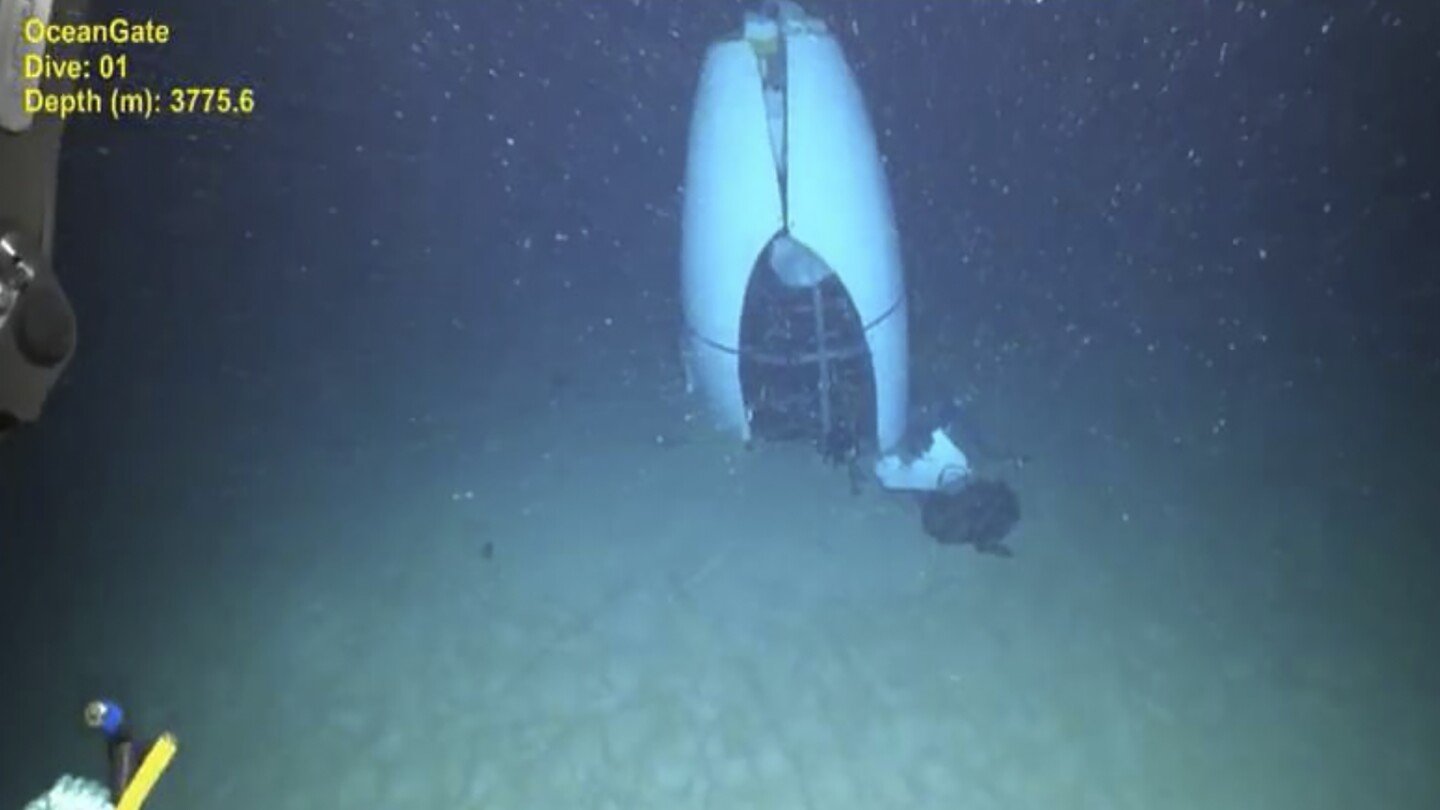Two weeks of testimony suggested the company responsible for an experimental deep-water submersible that imploded, killing five people, either recklessly ignored warning signs in the name of profits or represented the nation’s explorer spirit in taking calculated risks to push humankind’s boundaries.
Those contrasting viewpoints emerged as the Coast Guard panel tasked with determining why the carbon-fiber Titan was lost 12,500 feet (3,810 meters) deep wrapped up testimony Friday with new information that could have changed how rescuers responded and more discussion of the company co-founder’s cavalier attitude.
Capt. Jamie Frederick, commander of the Coast Guard sector based in Boston, appeared surprised to learn that the crew of Titan’s support vessel, in hindsight, felt there was a slight shudder around the time the submersible imploded on its way to the wreckage of the Titanic last year.
Frederick said it was “unconscionable that they wouldn’t share that” and it could have changed the rescue response. “It certainly would’ve changed the equation,” he testified.
Also Friday, an OceanGate employee testified that he resigned after a “tense” conversation in which co-founder Stockton Rush told him the vessel would be flagged in the Bahamas and launched from Canada to avoid U.S. scrutiny — and arrogantly brushed aside U.S. regulatory concerns if it went to a U.S. port.



Sure, but if it’s so underdimensioned that it can only go one time, then it’s seriously not good enough for passengers. If the fibre sits correctly it should be able to cycle lots of times, not necessarily having a long lifespan. But yeah this was a shitshow and I stand by the idea that they should have tested it, even several times without living beings inside.
Fot me it’s all basic engineering 101 misstakes.
It really is basic engineering.
Like.
Probably not even 101. We’re talking about material selection…. And the properties aren’t exactly unknown and the necessary capabilities aren’t unknown.
The only think that was really unknown is how many dived it had. (CF can be fickle. It’s almost certain there were Minor defects. That’s just something you engineer around, sure, but you never know how close those defects are to becoming not-minor, and it really doesn’t take much. A single micro crack in the wrong place and… well, it probably happened fast enough that they didn’t even know.)
It doesn’t help that they drilled through the CF hull…
The issue is that carbon fibre is strong, hard, but brittle. When it fails, it fails catastrophically. It also doesn’t show many/any signs of failure, till it fails.
A carbon fibre hull, under those loads, could be good for 5 dives or 100, depending on the vagaries of how it was made. It won’t show the wear, until it fails. That is why most companies won’t trust CF under those sort of loads.